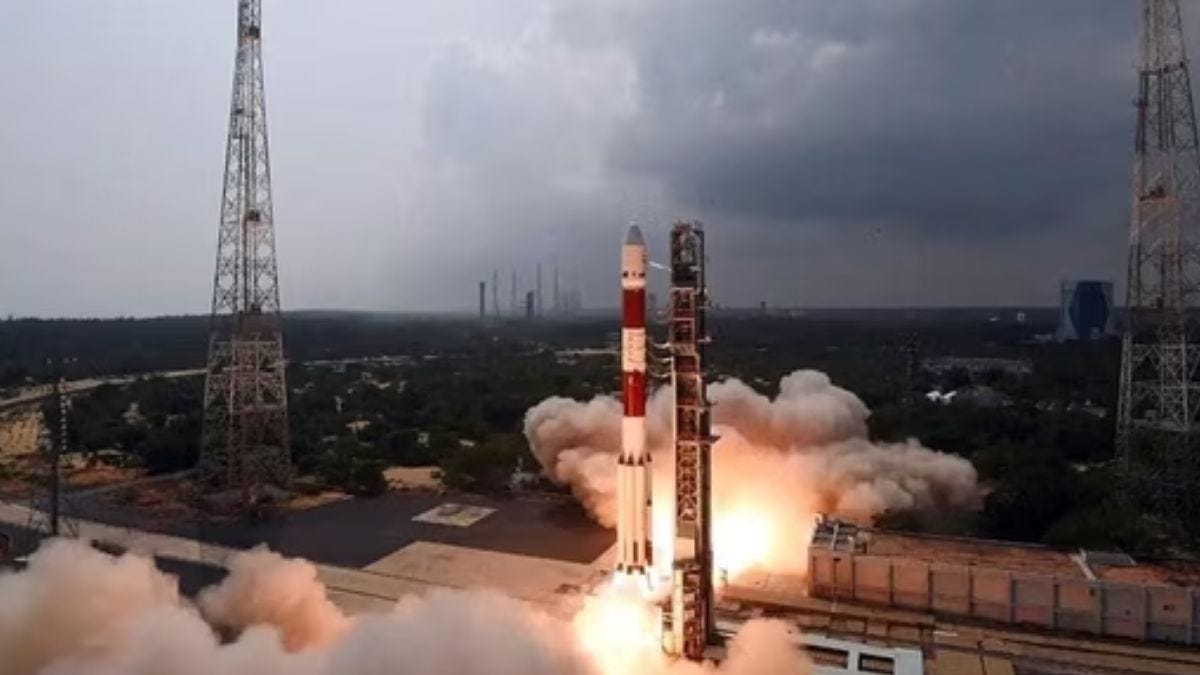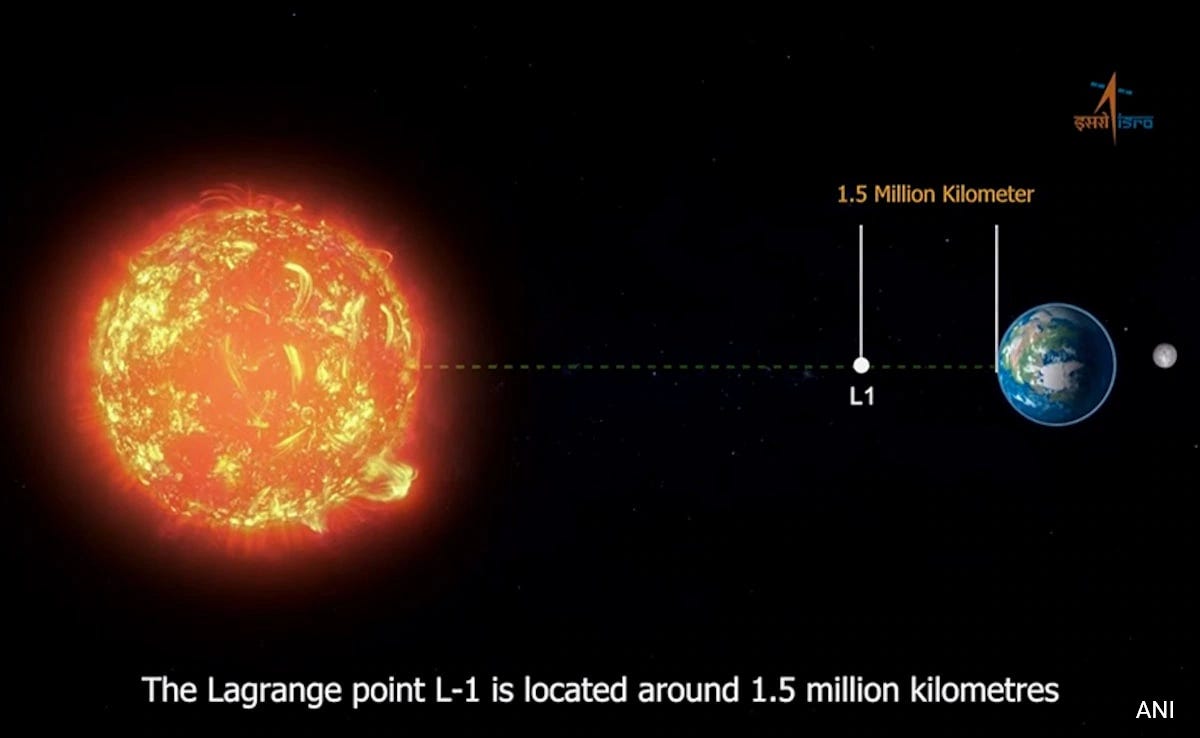ISRO launches XPoSat observatory
ISRO recently launched its XPoSat X-ray observatory on January 1st. The new satellite will be used to study black holes, neutron stars, supernovae etc. It uses a technique called X-ray Polarimetry which studies how different substances influence the behaviour of X-rays. This makes satellites like XPoSat very rare and advanced. There is only one other such satellite functioning currently, making it the second-ever satellite of such kind to be launched. It also makes India the 2nd country to successfully launch such a satellite.
Another interesting fact is that the 4th stage of the rocket that launched it is also designed used to serve one more experimental purpose. The fourth stage (POEM-3) will orbit the Earth with 10 payloads of its own and act as an orbital platform in the Low Earth Orbit. Those 10 payloads will conduct their own experiments onboard.
XRISM releases its first image
Last week, Japan’s X-ray Imaging and Spectroscopy Mission (XRISM) released its first image. The new X-ray image revealed hundreds of fascinating galaxies and the stellar remnants of a nearby galaxy. This image gives us a glimpse of what XRISM has to offer us in the future. It could also help study the compositions, state and even motions of celestial bodies.
(In case you are wondering, how this is different from XPoSat, note that XPoSat is an X-ray Polarimetry satellite, while XRISM is mainly an X-ray imaging satellite)
Aditya-L1 enters solar orbit
ISRO’s Aditya-L1 solar observatory finally reached the Earth-Sun Lagrangian-point-1 last week. The spacecraft has now entered its halo orbit (Note: Halo refers to the shape of the orbit) around the sun. The spacecraft will now study the sun and its corona from its orbit 1.5 million km from the Earth. While this may sound like a large distance, it is still pretty much closer to the Earth as the sun is 147 million kilometres away. It is still a good position for it to continuously observe the sun without atmospheric influence and other interruptions.




